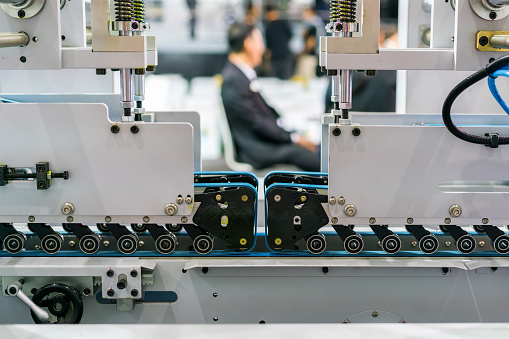Why Keeping Up With Your Fire Doors Regularly Is Significant

Fire doors are among the most imperative security estimates in an encased space. They are many times the distinction between life and demise in case of a fire breakout. That by itself is reason sufficient why they ought to be assessed and kept up with intermittently. Notwithstanding, countless Fire Hazard Evaluations show that structures, or rather the experts responsible for those structures, persistently disregard the fire door maintenance of their fire security doors. Here we realize what a fire security door does and why fire door maintenance ought to be of most extreme need.
How to keep a fire door?
When the establishment is finished, the center ought to turn towards checking the fire door security routinely. Specialists prompt that fire doors should be agreed on a similar significance as alarms and fire dousers. Concerning fire door investigation recurrence, it relies on the structure and the number of individuals that utilize it consistently. Structures that see a lot of footfalls day to day, similar to schools, emergency clinics, and shopping centers, ought to get their fire doors examined and kept up with all the more regularly.
Would it be a good idea for you to recruit maintenance?
Fire door workers for hire typically likewise offer normal fire door maintenance administrations. You can check with the project worker who introduced your doors and pursue their occasional fire door maintenance administration. Along these lines, you will not need to get into the quick and dirty of the assignment and can pass on everything to the maintenance specialist co-op.
All things considered, you ought to likewise track all fire door maintenance work that has been completed on your fire security doors. Relegate each fire door in your premises an extraordinary reference ID or number and use it to keep a log. Doing this would demonstrate helpful when your fire wellbeing framework is inspected.
For what reason is it vital to keep up with your fire doors?
In the typical request of things, the vast majority of us will generally overlook fire doors. It’s not difficult to track down the fire doors of numerous structures either wedged open or harmed at various places. While this won’t be an issue in day-to-day existence or any event, during arranged fire drills, it can have significant repercussions during a genuine fire mishap.
Wind stream and drafts impact the movement of a fire. Normally, fire will in general spread along the way that offers the least opposition. So when fire runs over a wedged open or set fire door, it gets through promptly. During a genuine fire mishap, this could close the departure course for many individuals attempting to go after security. A routinely kept up fire door, then again, will save a ton of lives experiencing the same thing by keeping down the fire and smoke for a more drawn-out length.
Keeping up with your fire doors is a commitment that you owe to every single individual venturing into your structure, and their separate families. Its ethical obligation, accordingly, far offsets the legitimate implications of not doing as such.

